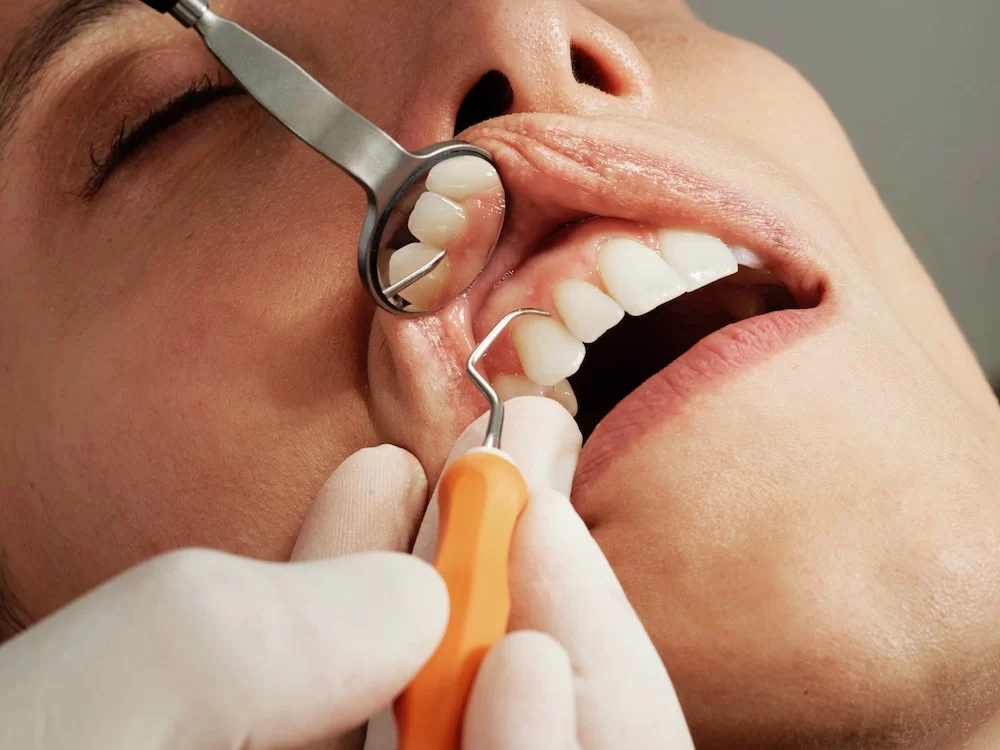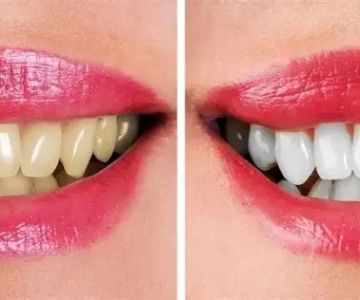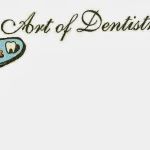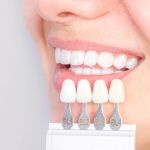
What is Gum Recession and How to Treat It? A Complete Guide to Prevent and Manage Gum Recession
- Understanding Gum Recession: What It Is and Why It Happens
- Common Causes of Gum Recession
- Signs and Symptoms of Gum Recession
- How to Treat Gum Recession
- How to Prevent Gum Recession
- Real-Life Stories of Gum Recession Treatment
- Where to Buy Treatment Products for Gum Recession
Understanding Gum Recession: What It Is and Why It Happens
Gum recession occurs when the gum tissue surrounding your teeth pulls back, exposing more of the tooth or even the tooth’s root. This can lead to increased tooth sensitivity, a higher risk of tooth decay, and other dental complications. It is essential to understand the causes of gum recession to properly address the condition and prevent further damage.
- What Is Gum Recession? Gum recession is a common condition where the gum tissue deteriorates, revealing the roots of your teeth. This process can happen gradually over time, and it may be difficult to detect without a professional dental examination.
- Why It Happens? The recession of the gums typically happens due to a variety of factors, including poor oral hygiene, genetics, age, and gum disease. It's important to identify the underlying cause to tailor an effective treatment plan.
Common Causes of Gum Recession
There are several key factors that contribute to gum recession. Understanding these causes can help you take preventive measures before it becomes a bigger problem.
- Poor Oral Hygiene: Inadequate brushing and flossing can lead to plaque buildup, which can result in gum disease and gum recession.
- Genetics: Some people are more prone to gum recession due to their genetic makeup. If your family members have experienced gum recession, you may be at a higher risk.
- Age: As people age, their gums naturally recede over time. This process can be accelerated by poor oral care or other factors.
- Gum Disease: Periodontal disease, which is an infection of the gums, is one of the leading causes of gum recession. It can cause severe damage to gum tissue and even bone loss if left untreated.
- Bruxism (Teeth Grinding): Constant grinding or clenching of teeth can exert excessive pressure on the gums, leading to recession.
- Incorrect Brushing Technique: Brushing with too much force or using a hard-bristled toothbrush can damage the gums, causing them to recede.
Signs and Symptoms of Gum Recession
If you suspect you may be experiencing gum recession, it’s important to recognize the signs and symptoms early to prevent further damage. Here are the most common indicators:
- Tooth Sensitivity: Exposed tooth roots can cause increased sensitivity to hot, cold, or sweet foods and beverages.
- Visible Gaps: As the gums recede, spaces may appear between your teeth and the gumline.
- Longer Teeth: The teeth may appear longer than usual as more of the tooth root is exposed.
- Red or Swollen Gums: The gums may become inflamed, bleed easily, or appear red due to irritation or infection.
How to Treat Gum Recession
There are several treatment options available for gum recession, depending on the severity and underlying causes. Here are some of the most common treatments:
- Scaling and Root Planing: For mild to moderate gum recession caused by gum disease, a deep cleaning procedure called scaling and root planing may be recommended. This removes plaque and tartar buildup below the gumline and smooths the tooth roots to help prevent further recession.
- Gum Grafting: In more severe cases, gum grafting can be used to restore lost gum tissue. This procedure involves taking tissue from another part of the mouth or using donor tissue to cover the exposed tooth roots.
- Antibiotic Therapy: If gum disease is the cause of your recession, your dentist may prescribe antibiotics to help clear the infection and prevent further damage.
How to Prevent Gum Recession
Preventing gum recession is key to maintaining healthy gums and preventing tooth sensitivity and decay. Here are some important tips to follow:
- Practice Good Oral Hygiene: Brush your teeth twice a day with a soft-bristled toothbrush and floss daily to remove plaque and prevent gum disease.
- Visit Your Dentist Regularly: Regular checkups can help detect early signs of gum disease and gum recession before they become more serious.
- Avoid Smoking: Smoking is a major risk factor for gum disease and gum recession. Quitting can help improve gum health.
- Use a Mouthguard: If you grind your teeth at night, consider using a mouthguard to reduce the pressure on your gums and teeth.
Real-Life Stories of Gum Recession Treatment
Many people have successfully treated and managed gum recession by following the right steps and seeking professional help. Here are a couple of stories from individuals who have dealt with gum recession:
David’s Story: “I started noticing that my teeth were looking longer, and I was experiencing sensitivity to cold foods. I went to my dentist, who diagnosed me with gum recession due to bruxism. After undergoing scaling and root planing, my gums improved significantly.”
Sarah’s Experience: “I had significant gum recession from gum disease, but after receiving a gum graft, my gums were restored. It’s been a game-changer, and I feel much more confident about my smile now.”
Where to Buy Treatment Products for Gum Recession
Taking preventive action against gum recession starts at home with the right products. Dentistry Toothtruth offers a variety of treatments, including toothbrushes, mouthwashes, and gum health supplements. Visit Dentistry Toothtruth to shop for the best dental care products to help protect your gums and manage gum recession.
Click here to discover more about how you can treat and prevent gum recession with our high-quality dental products!







 Art of Dentistry: Lalitha Shankar DMD4.0 (34 review)
Art of Dentistry: Lalitha Shankar DMD4.0 (34 review) Bright Now! Dental & Orthodontics4.0 (221 review)
Bright Now! Dental & Orthodontics4.0 (221 review) Sonrisas Dental Studio3.0 (101 review)
Sonrisas Dental Studio3.0 (101 review) Stratford Dental Center4.0 (43 review)
Stratford Dental Center4.0 (43 review) Lower Merion Orthodontics4.0 (418 review)
Lower Merion Orthodontics4.0 (418 review) First Class Dental PA5.0 (248 review)
First Class Dental PA5.0 (248 review) The Importance of Oral Health Education During Pregnancy for a Healthy Pregnancy
The Importance of Oral Health Education During Pregnancy for a Healthy Pregnancy Best Tips for Brushing Your Teeth Properly for Healthy Gums: Essential Techniques for Oral Health
Best Tips for Brushing Your Teeth Properly for Healthy Gums: Essential Techniques for Oral Health Why Skipping Dental Checkups Can Lead to Bigger Oral Health Problems
Why Skipping Dental Checkups Can Lead to Bigger Oral Health Problems Advantages of Porcelain Dental Restorations
Advantages of Porcelain Dental Restorations How Can Diabetes Cause Tooth and Gum Problems? Preventing and Managing Oral Health Issues
How Can Diabetes Cause Tooth and Gum Problems? Preventing and Managing Oral Health Issues Healthy Habits for Promoting Good Oral Health and Hygiene: Tips for a Healthy Smile
Healthy Habits for Promoting Good Oral Health and Hygiene: Tips for a Healthy Smile